Hien Luong Bridge- Ben Hai River
Hien Luong Bridge and Ben Hai River are two “historical witnesses” carrying the pain of dividing the country into the North and South for more than 20 years. They are located on the banks of the relic cluster at the intersection of National Highway 1A and Ben Hai River.
The North belongs to the Hien Luong village, Vinh Thanh commune, Vinh Linh district. The South belongs to Xuan Hoa village, Trung Hai commune, Do Linh district, Quang Tri province.
Ben Hai River – Hien Luong Bridge History
Ben Hai River
The Ben Hai River originates from Dong Chan mountain in Truong Son range and flows along 17th parallel from West to East, then flows into the Cua Tung Sea estuary. Ben Hai River has a total length of nearly 100 km; the boundary between the two districts of Vinh Linh and Gio Linh of Quang Tri province.
Hien Luong Bridge
Hien Luong Bridge was built in 1928 by Vinh Linh District with the efforts of the locals. Back then, the bridge was 2m wide, made of wood, with iron poles; just enough for pedestrians.
In 1950, the French-built Hien Luong Bridge with reinforced concrete, 162m long, 3.6m wide, and 10 tons tonnage. Two years later, the bridge was collapsed by the North army to prevent enemy raids to the North.
In May 1952, the French rebuilt a new bridge connecting the two banks of Ben Hai river between Vinh Linh and Gio Linh districts. The bridge has 7 spans, 178m long, reinforced concrete pillars, steel beams, pine paved surface. It is 4m wide, both sides have a 1.2m high wall.
The historical witnesses
In 1954, after the failure at Dien Bien Phu, the Geneva Agreement was signed. According to Geneva Agreement, Vietnam temporarily divided into two regions, taking the 17th parallel (Ben Hai river running through Do Linh and Vinh Linh) as a temporary military boundary.
Hien Luong Bridge is divided into two parts, each side is 89m long, painted in two different colors. The temporary split was supposed to last only 2 years and ended after the unified general election, but actually lasted for 21 years.
In 1956, Ngo Dinh Diem – President of the Republic of Vietnam, with the support of the US, did not conduct a unified general election as the Geneva Agreement stipulates.
From here, Hien Luong Bridge has become a historical relic for more than 20 years separating the North-South. It became a great symbol of the aspiration of unification of so many families and the entire people of Vietnam.
What happened there during the war?
In the battles that took place at Hien Luong perhaps “Flag Fighting” was the most fierce battle during the past 14 years. Since the demarcation line is demarcated, the height of the flagpole is constantly raised, because our flag cannot be lower than the enemy’s flag.
Continuously for many years, after each battle, the flagpole collapsed, the flag was torn by bomb shards, and a new flagpole was replaced. From 1956 to 1967, the police on the front line hung all 267 flags of all sizes.
To create the image of dividing our country, the US – Saigon government actively painted blue the southern half of the bridge. But with the intention of “unifying the nation”, right after they just finished painting the bridge in the blue at beginning of the day.
During the night, our police painted half of the bridge on the North bank in blue to mix one color. Just like that, the Hien Luong bridge always changes color. Whenever the enemy painted a different color to create two opposing colors, our side immediately painted it in the same color again.
After the Geneva Accords, in order to educate and motivate the people to fight for national reunification, we built a loudspeaker system, distributed into 5 clusters along a length of 1,500 meters on the north bank facing the south bank.
Anger at this incident, a few weeks later, the south built to the South bank the loudspeaker clusters produced by West Germany and Australia with large capacity, loudly, overwhelmed our loudspeakers.
To “fight”, the south launched Ben Hai’s dangerous psychological war names. Each day they spoke from 14 to 15 hours, one or two o’clock in the morning turned on at full volume.
What to see nowadays at Hien Luong Bridge- Ben Hai River?
In December 1986, the Hien Luong relic cluster was recognized as the national heritage. On September 17, 2003, the historical relic of Hien Luong Bridge was officially started to restore and embellish. In March 2014, Hien Luong Bridge was restored to the status quo of two colors painted green and yellow, as existed in history.
Hien Luong river relics cluster include Hien Luong bridge, Ben Hai river, flagpole on the North bank, Union house, Border police station, loudspeaker system, Unified Aspiration monument cluster on the South bank, the Museum of the 17th parallel …
How to get there?
If you stay in Hue city and would like to have a day trip to explore the DMZ, you should book the Hue DMZ Tour or Hue to DMZ by private car If you stay in Da Nang or Hoi An, you also can visit Hien Luong bridge- Ben Hai River by booking


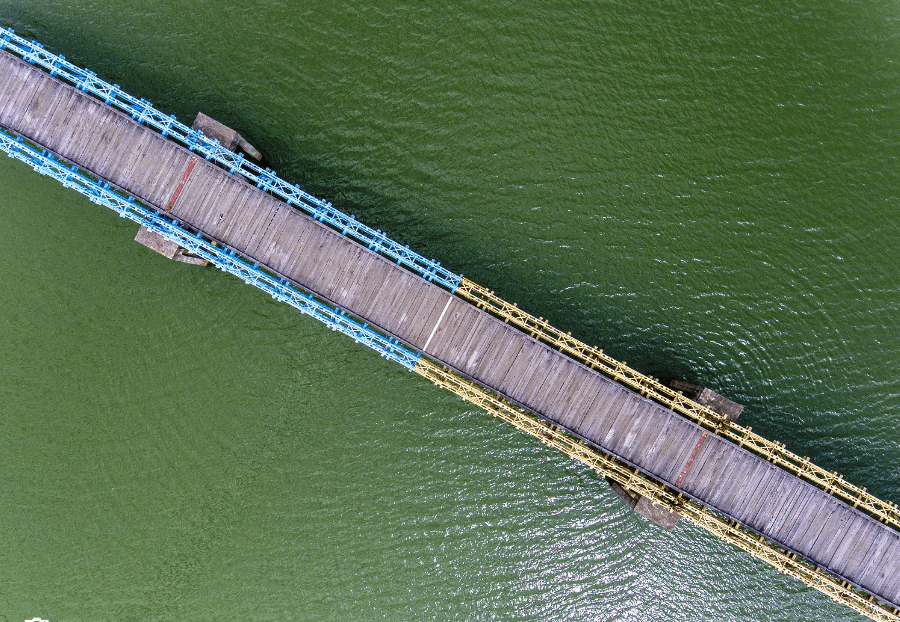

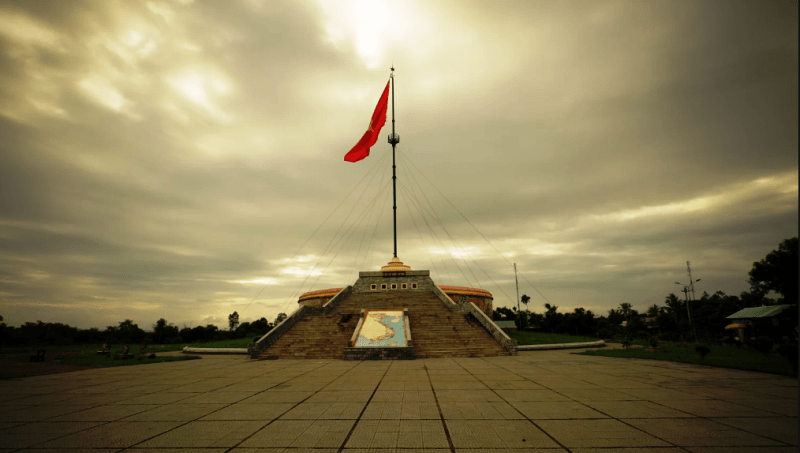

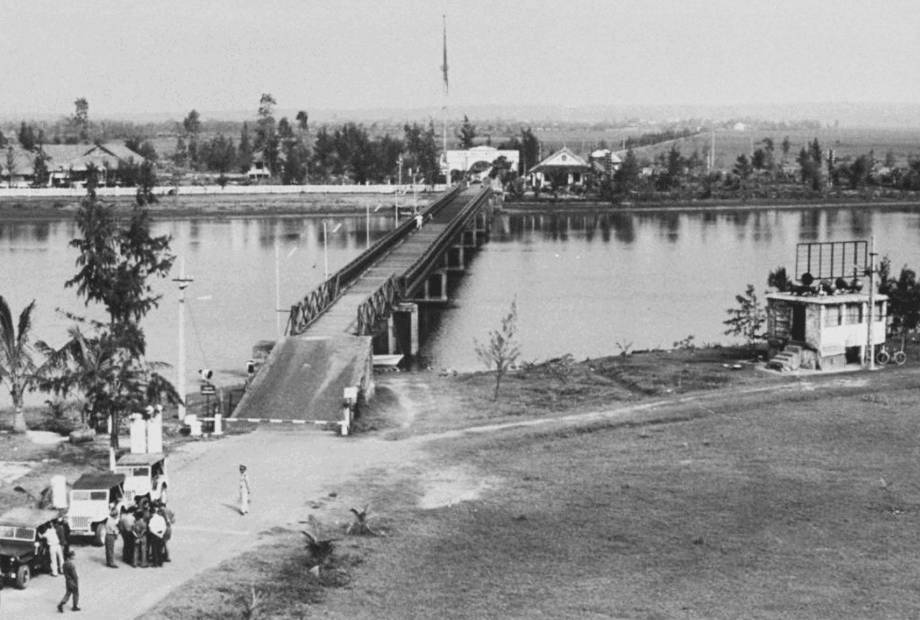

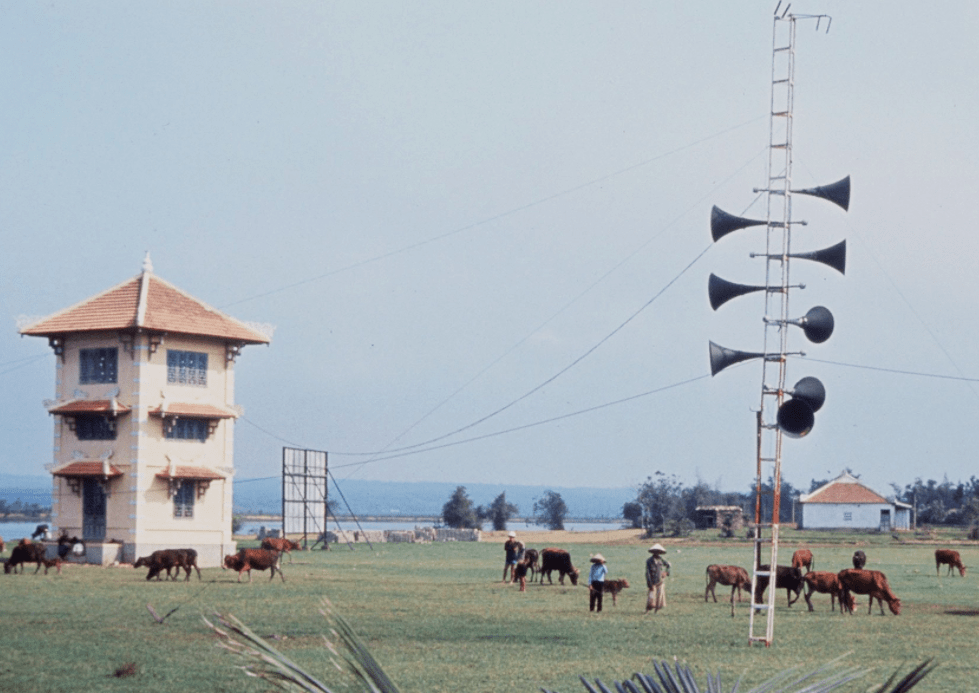
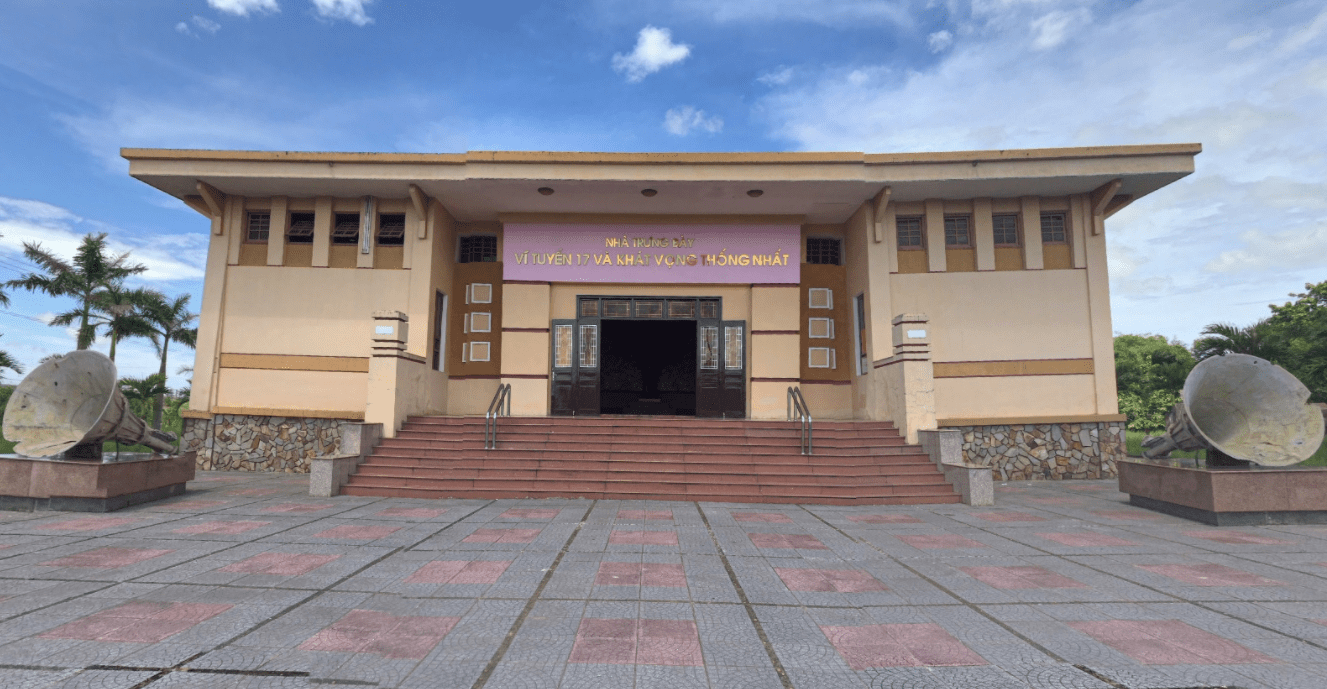
Comments
Post a Comment